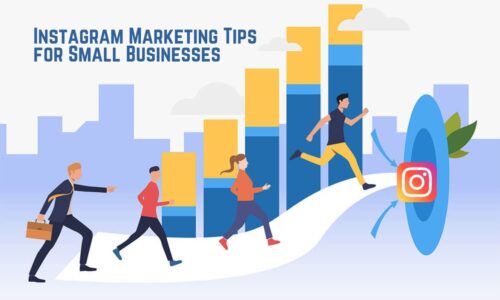
If you feel like your well-written, insightful blog posts are languishing in obscurity, it’s time to boost your blog’s visibility with SEO strategies that work. SEO is the process of making your content appealing to search engines so that you rank higher in results pages and attract more organic traffic. It might sound complicated, but a few strategic moves can make a huge difference.
What is SEO and Why Does It Matter?
Think of search engines like librarians with endless shelves. If your blog posts aren’t properly catalogued (optimized!), they’ll sit collecting dust. SEO helps search engines understand what your content is about and why someone searching for those topics should be directed to your blog.
- With more visibility in search results (ideally that coveted first page!), you’ll gain:
- Increased organic traffic: More people finding your blog without paid advertising.
- Higher quality leads: Attract people actively interested in your niche.
- Brand authority: Establish yourself as a thought leader in your field.


Key SEO Strategies for Blogs
Keyword Research: The Backbone of Content Planning
- Find the right keywords: Use tools like Google Keyword Planner, Ahrefs, or SEMrush to discover the terms your target audience is searching for. Look for a mix of high-volume keywords (more competition) and more specific long-tail keywords (easier to rank for).
- Analyze search intent: What problem do your keywords aim to solve? Informational? Buying intent? Structure your content to match what people are looking for.
- Place keywords naturally: Weave them into your title, headings, body text, and image descriptions (more on this later!).
On-Page Optimization: Make Each Post Shine
- Compelling H1 tags: Your blog post title holds power! Make it both keyword-rich and attention-grabbing.
- Subheadings (H2, H3): Break up your content, guide readers, and provide opportunities to use secondary keywords.
- Meta Descriptions: This short snippet appears under your title in search results. Entice people to click by including your focus keyword and a hint about what they’ll gain by reading.
- URL Structure: Keep URLs short, descriptive, and include your primary keyword.
- Internal Linking: Link to older blog posts on related topics. Helps search engines understand your site’s structure and improves user experience.

Technical SEO: The Smooth User Experience
- Mobile-friendliness: Google prioritizes sites that display perfectly on smartphones and tablets. Test with Google’s Mobile-Friendly Test tool: https://search.google.com/test/mobile-friendly.
- Site speed: No one likes slow websites. Optimize image sizes, reduce heavy plugins, and use a caching tool to boost load times.
- Secure your site: That ‘HTTPS’ in your URL builds reader trust and signals to search engines you’re a secure location.
Images Aren't Just Eye Candy
- Alt text: Describe images for visually impaired users and give search engines extra context. Use your focus keyword if relevant.
- File names: Before uploading, name images with keywords (hiking-adventure-trail.jpg, not random-numbers.jpg).
Off-Page SEO: Earning Popularity Points
- Backlinks are golden: When other reputable websites link to your blog, it signals authority. Guest post on relevant blogs, participate in niche forums, and create truly valuable content that others will naturally want to share.
- Social signals: While not a direct ranking factor, being active on social media, and getting shares can indirectly benefit SEO by increasing brand visibility and referral traffic.
Remember: SEO is an Ongoing Journey
Don’t expect overnight results. Search engine algorithms evolve, and new competitors pop up. Make SEO part of your blogging routine and monitor progress:
- Google Search Console: Provides rich data on your site’s search performance
- Analytics tools: Track which keywords you rank for, where traffic comes from, etc.
Conclusion
SEO can seem overwhelming, but start with the basics. Consistent, quality content paired with smart optimization will build your blog’s visibility over time. Stay patient, keep learning, and watch your audience grow!





